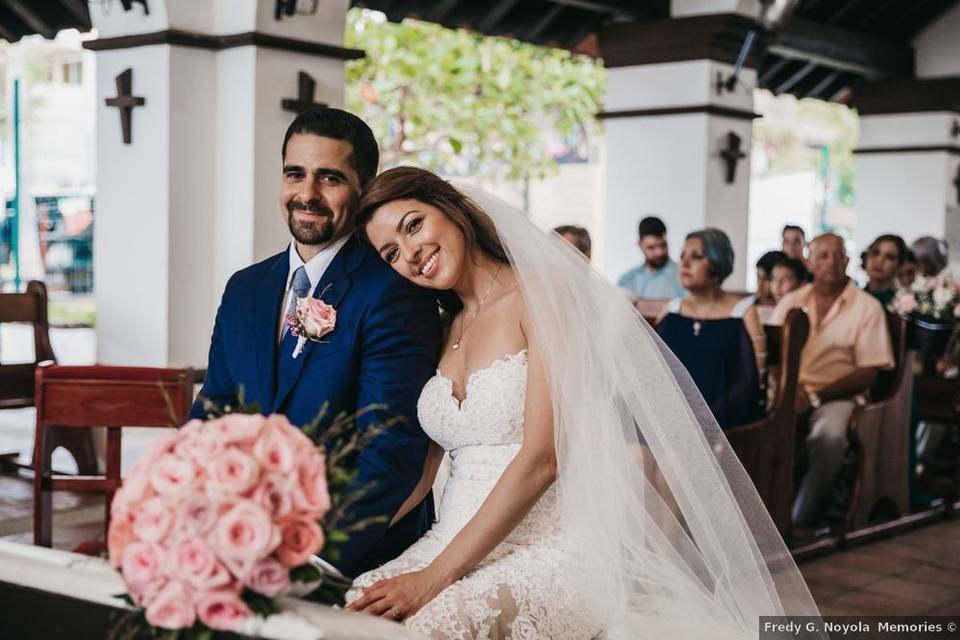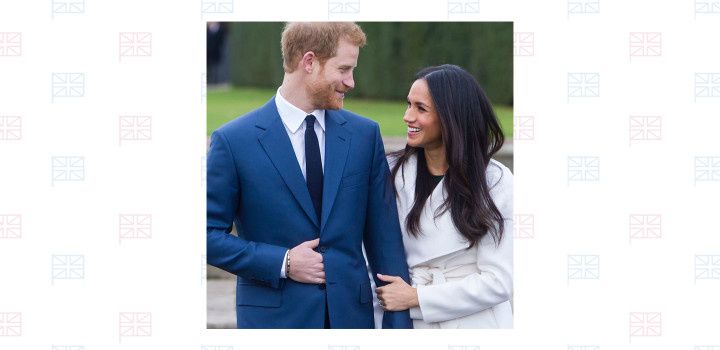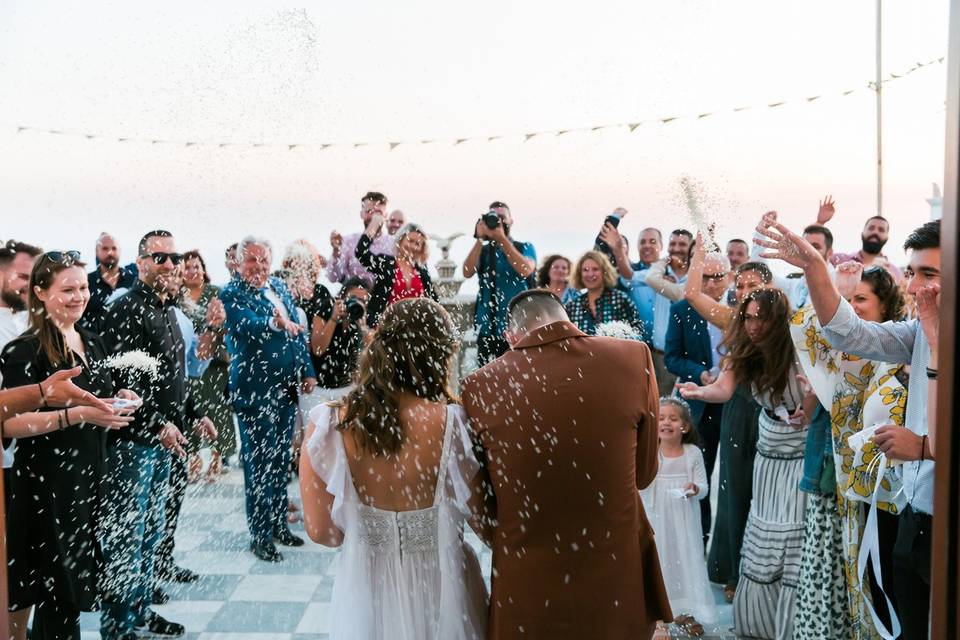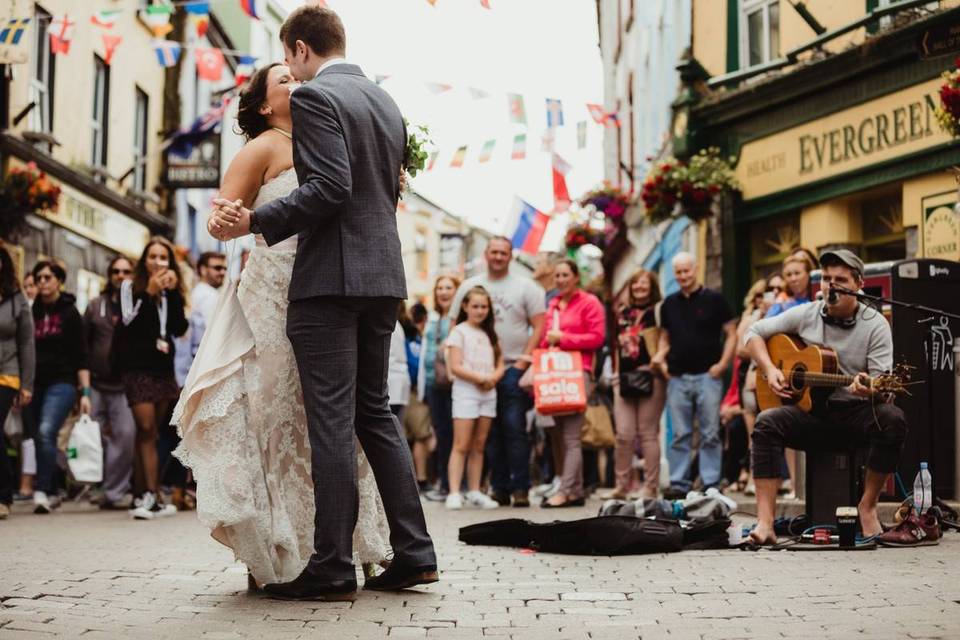Important Thai Wedding Traditions Explained
Whether you’re Thai American and want to recognize your roots with a Thai wedding, or you’ve been invited to one, you’ll want to know these important customs.
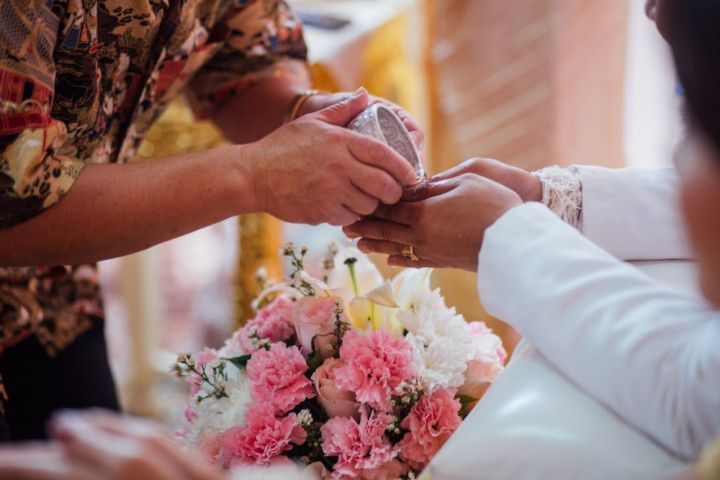

A Thai wedding in the United States mixes cultural traditions from Thailand with popular American rituals. Modern couples with Thai ancestry should feel free to honor both cultures as much, or as little, as it feels comfortable. For wedding guests looking for social cues before attending, don’t expect to see all of these Thai wedding traditions come to life in one ceremony. Many Thai American couples do include some of these customs in their nuptials, but the basic format and timeline is likely to be more American than Thai.
Here’s your guide to important Thai wedding traditions.
Pre-wedding customs
As in many traditions, the bride’s hand in marriage must be formally given by her father. With a Thai wedding, the groom chooses one of his close friends to officially do the asking. This intermediary friend will also negotiate the bride’s dowry, or sin sod, with her family. The dowry is mainly a symbolic gesture to thank the bride’s family for raising her, and modern Thai parents will frequently give it back to the couple as a gift or use it to help pay for the wedding.
An auspicious wedding date must be chosen by a monk with astrology experience or an astrologer. August is generally considered to be a lucky month.
Buddhist Thai wedding ritual
Many Americans with roots in Thailand practice Buddhism, a belief system based on the teachings of the Buddha. Since marriage isn’t mandated or ordained by Buddhism, the actual wedding won’t be overtly religious. However, many Thai couples pay what is called a “merit gift” to a local Buddhist temple before their Thai wedding. This wedding custom is an offering to be sure the couple has a “marriage made in heaven.” The merit gift is a semi-private ceremony a few people from the wedding party and an odd number of Buddhist monks, often nine.
Thai wedding water pouring ceremony
In traditional Thai weddings, anointing the couple with holy water was all that was required to become a married couple, so many modern couples adapt this ceremony in some form. This sacred ritual may have variations, however, so if you want to incorporate in your ceremony, you will definitely want to check with your family to see how their region of Thailand typically adapted the custom.
The basics of the water pouring begin when holy water and two Mong Kols, which is a ceremonial Thai headdress, are blessed by monks before or during the ceremony.
Next, the couple is seated at a ceremonial table and an elder in the family places a headdress on each of their heads. A white thread is often looped between each headdress so as to join them, but ensure they remain independent. This symbolic looping signifies the couple’s future as one entity made up of two independent people.
This elder or another important person performs the rest of the ceremony by mixing white clay or dirt with the blessed water. The couple sits with their arms extended and their palms facing each other in prayer. The elder then marks the couple with three dots in a triangle shape on their foreheads. Next, the older wedding guests take part in the ceremony by passing a conch shell full of holy water. When each guest receives the shell, they gently pour the water over the hands of the couple. Typically, the guest would also place an envelope of money in a nearby basket after the water pouring. (Although, of course, if your hosts have registered and not indicated this desire on the invitation, feel free to skip the envelope and send them a gift.)
This ceremony is done to ensure good luck at a Thai wedding.

